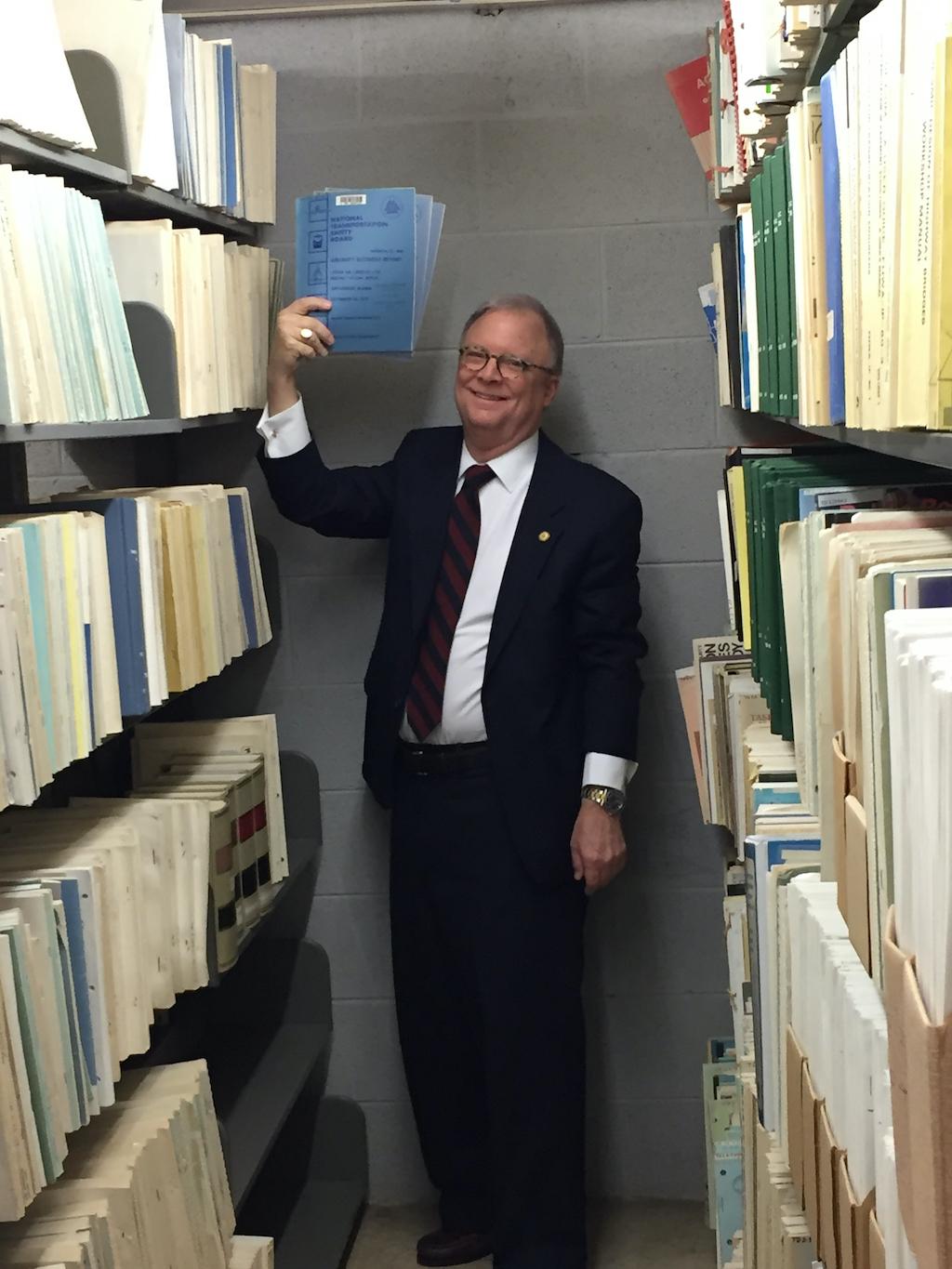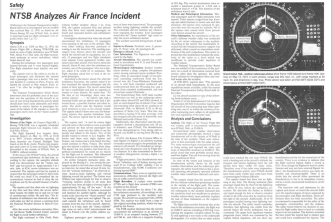
This is the inaugural Impact column for Business & Commercial Aviation by Robert Sumwalt, former chairman of the NTSB.
Shortly after I departed the NTSB as chairman, Executive Editor Lee Ann Shay asked if I’d be interested in writing a periodic column for BCA. Considering that I have subscribed to Aviation Week & Space Technology and BCA for over 40 years, it didn’t take long for me to accept.
Considering my background in accident investigation, there’s an interesting twist to why I initially started reading AW&ST. In those days, there was no internet from which to download and read the latest NTSB reports. AW&ST, as it turned out, reprinted NTSB accident reports within the magazine’s pages. As I sat there in the University of South Carolina science library on South Main Street poring over those pages, I would have never imagined that some years later I would be appointed by three U.S. presidents to serve as a board member of the NTSB—and eventually become the agency’s chairman.
My interest in aircraft accident investigation began at an early age. I was around 10 when I learned that I was born on the same day that two airliners collided in midair over the Grand Canyon. At the time, it was the world’s largest aviation disaster. One hundred and twenty-eight lives were lost. I remained very curious about that disaster. How did it happen? How did investigators piece the puzzle together to determine how such an unthinkable accident could have occurred? What was done to prevent such future tragedies? (As it turned out, that monumental crash led to legislation that formed what is now the Federal Aviation Administration and to the building of a nationwide air traffic control system.) I later found an old Post magazine that helped to reveal the findings.
A few years later, as a somewhat mischievous 17-year-old (okay, perhaps very mischievous 17- year-old), I somehow managed to slip under the yellow tape with the local coroner as he went to the scene of a fatal King Air crash. I later returned to the scene and sketched out the tree strike marks, trying to understand the plane’s fateful descent through the trees and its impact with terra firma. Although the wreckage was no longer there, the scent of jet fuel hung in the air.
I spent a lot of my college nights in two of the university’s libraries. So that you don’t get the wrong impression, none of this time was devoted to my field of study. You see, the university’s government documents library had quite a collection of NTSB accident reports. But because it would take a while for the university to receive the most current publications, I resorted to the science library some blocks away to read the latest accident reports, reprinted in AW&ST.

My fascination with reading these reports was two-fold. As a newly minted pilot, I wanted to learn from the mistakes of others. As the saying goes, “Learn from the mistakes of others; you won’t live long enough to make them all yourself.” I was also captivated by the art and science of aircraft accident investigation. Reading those reports fueled both areas of interest. BCA’s “Cause & Circumstances” did, and still does, a very nice job of recapping aviation disasters—as do as other feature articles in both publications.
My love for writing about aviation provided a unique opportunity. In the early 1990s, a publication asked me to attend the NTSB’s accident investigation school and write an article about how investigators are trained. Who do you think edited that article? Lee Ann Shay. I’m telling you—you can’t make up this stuff.
In August 2005, an airline colleague and mentor, Capt. Bill Weeks, persuaded me to finally go for my lifelong dream of becoming an NTSB board member. One year and three days later, I was sworn in as the 37th member of the NTSB and appointed vice chairman by President George W. Bush.
The NTSB has around 400 employees, including the five presidentially appointed, Senate-confirmed board members. Although I’ve never actually calculated the length of time board members typically serve, my guess is that it’s probably somewhere between four and seven years. I was there for 15. I planned to leave after my second term ended in 2016, but those plans changed when President Donald Trump nominated me to become chairman. I stayed on for an additional five-year term. As rewarding as it was to serve, I always felt it was important to have fresh blood on the board, and I knew that after 15 years, it was time to leave. In May, I announced that I would step down on my 65th birthday. It was time to move on.
So, I’ve traveled full circle, from reading and writing about accidents to being an accident investigator and now back to writing about accidents and topics related to safety.
When Lee Ann and I started talking, I suggested the name of the column be Impact, a title befitting for two reasons. First, it’s my desire that these articles be impactful, covering topics of interest and relevance. But, in a play on words, I also note that in accident investigation, we deal with the moment of impact. So here we are. I hope you will find that this column has a positive impact on your professional lives. Be safe.






Comments